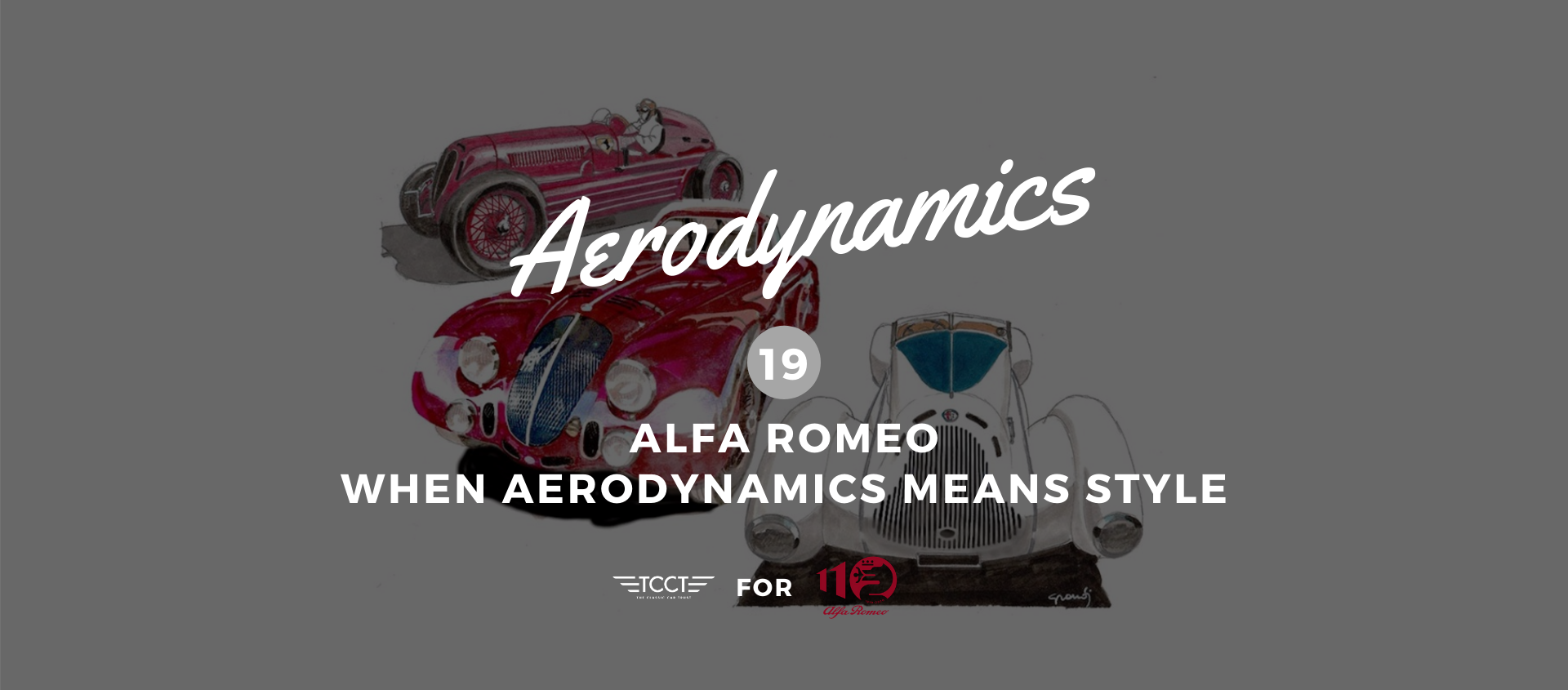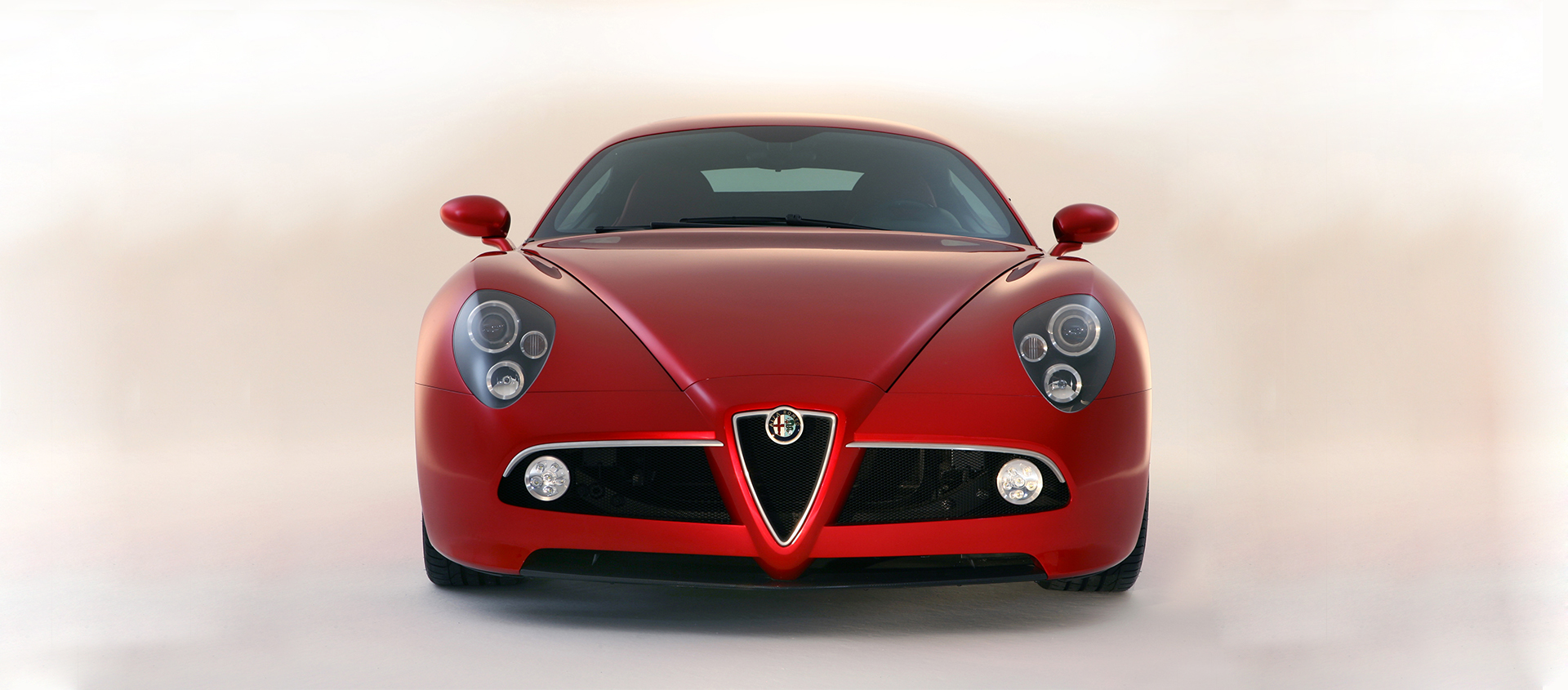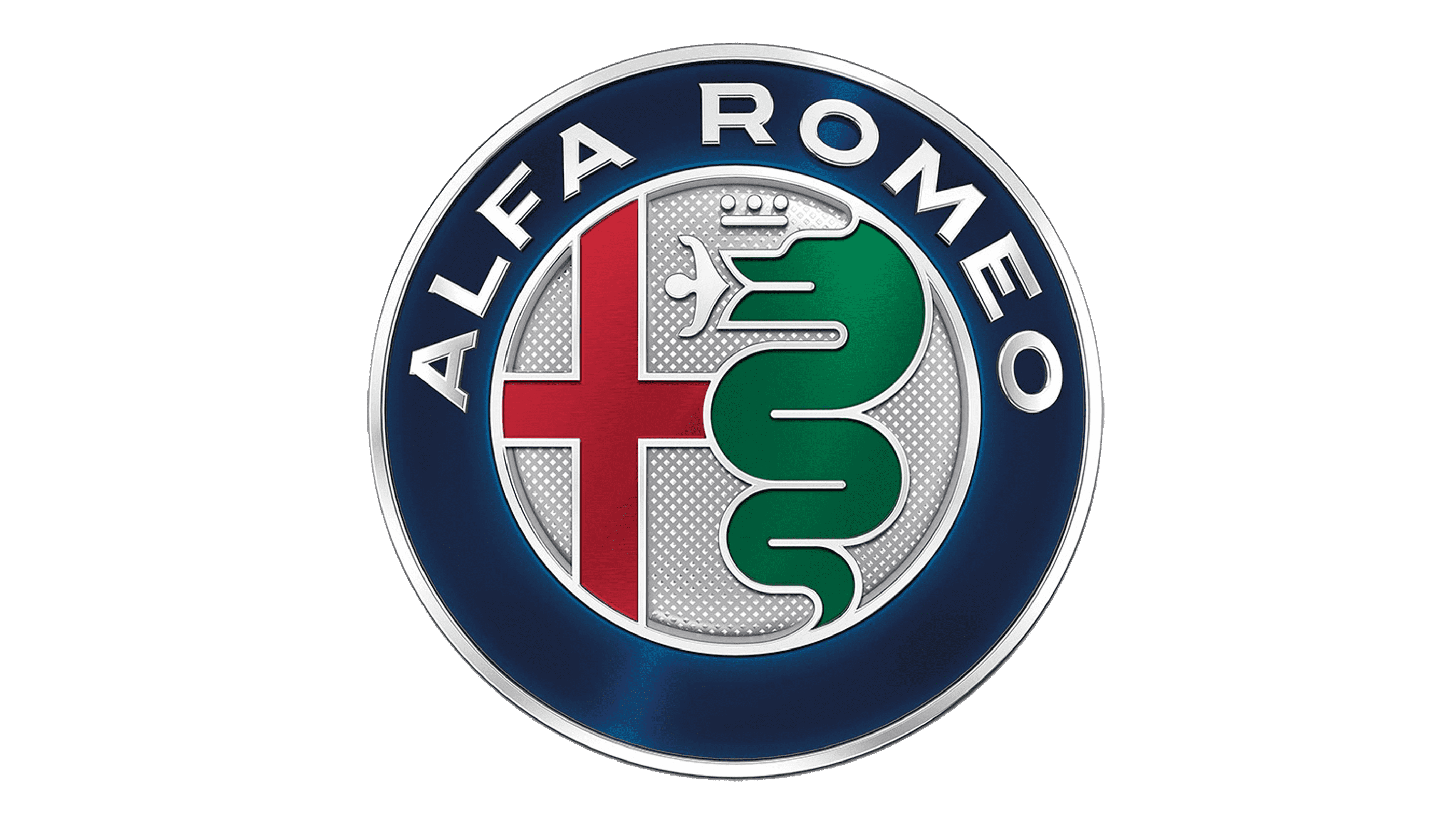Alfa Romeo: racing, identity, and symbols. One hundred years of consistency
02 September 2023 2 min read 8 images

Photo credit: Stellantis, RM Sotheby’s, Wheelsage
When manufacturers decide to enter their cars into races, they seek distinctive symbols that set them apart. These symbols must stand out among the many that identify a racing car, from the race number to the livery and even the sponsors that came to prominence since the 1970s. This “racing identity” thus becomes part of the brand’s image and evolves over time into an exclusive heritage, rich in fantasies and memories.
Register to unlock this article
Signing up is free and gives you access to hundreds of articles and additional benefits. See what’s included in your free membership. See what's included in your free membership.
Already have an account? Log In



